Two options for aiming pistol sights are a combat hold, where the sights cover the target and a 6-o’clock hold, where sights are just below the bullseye.
The Problem
You are a student of the handgun, diversified in many directions. You have shot Precision Pistol, Steel Challenge, IDPA, Bowling Pins and a few other informal disciplines. You are familiar with the textbook definition of sight picture, which you understand to be the alignment of the sights on a firearm in relation to a target as seen by the shooter. You have learned different holds and, therefore, technically different sight pictures through training and out of necessity due to the non-adjustable sights that came on the gun you were using at the time. You would like to standardize your sight picture in order to shoot all of your disciplines with one sight picture—without a loss in performance. You want to know if that is possible, and if so, what does it look like?
The Solution
Yes, it is possible to engage the majority of your targets with one simple sight picture that will be beneficial to your overall performance in the long run. There are a few exceptions due to the mechanical aspects of certain guns, but they are negligible.
Your sight picture is the visual input to the brain to orient the muzzle of the gun to the target for the desired impact of the shot or shots fired. The best sight pictures use your natural attributes for this orientation with minimal distractions at the gun or at the target.
An example of a sight picture that is overly complicated and fraught with distractions would be the commonly used 6-o’clock hold typically found in Precision Pistol Bullseye shooting. The sight alignment is a challenge by itself in looking at one side of the front sight and then the other to center the front sight in the rear-sight notch left and right, then verifying the top of the front sight is on the same plane as the top of the rear sight to optimize windage and elevation. This is followed by a quick second check to ensure the sights are aligned properly before shifting visual attention to the target to obtain the correct aiming area—finalizing the sight picture—before returning focus to the sights and releasing the shot.
The concept behind the 6-o’clock hold is to precisely position the front-sight tangent to the black scoring rings for the optimum of precision shot placement in the center of the target. To attain the desired position of the front sight precisely on the target, eye focus must transition from the sights to the target to make that verification. Since the eyes can only focus on the sights or the target—not both at the same time—a vicious cycle of verification from one to the other is started, which results in a reluctance to pull the trigger until everything is to the shooter’s liking—a huge distraction to the process of shooting one shot, much less a series of shots.
When using various “holds” to enable hitting a target, any target, the eye focus is called away from the sights to determine the hold distance required in relation to the target in order to hit the intended location. Precision suffers if one’s eye focus is not on the sights when the bullet exits the muzzle.
An easier way to create a sight picture that is usable in almost every instance is to utilize the natural attributes of the eyes to center the front sight in the window of the rear-sight opening and superimposing the front sight over the center of the target, regardless of its size or shape.
A characteristic of human vision is the ability to find the center of any object that has the eye’s attention. When viewing the front sight through the window, otherwise known as the notch, or opening in the rear sight, it is helpful to have a point of reference. That point of reference could be a night sight, fiber-optic pipe, brass bead or a painted dot. By focusing on that very point of reference through the window in the rear sight, the shooter’s eye automatically aligns the sights without having to check the sides and top of the front sight and its relation to the rear sight on a continuing basis.
Sight picture is achieved by focusing on the center of the point of reference on the front sight and then superimposing the point of reference over the center of the object to be shot. The eye automatically aligns the sights and orients the sight alignment to the target without having to focus on anything other than the front sight. It is much like using a red-dot sight: Put the dot on the target where you want to hit it and pull the trigger.
Handguns that are zeroed for point-of-aim, point-of-impact, will likely require very little elevation adjustment using the combat hold. Conversely, guns zeroed for a 6-o’clock hold will need some elevation adjustment.
Superimposing the front sight as described and letting your eyes do the work can yield amazing results.
Read the full article here

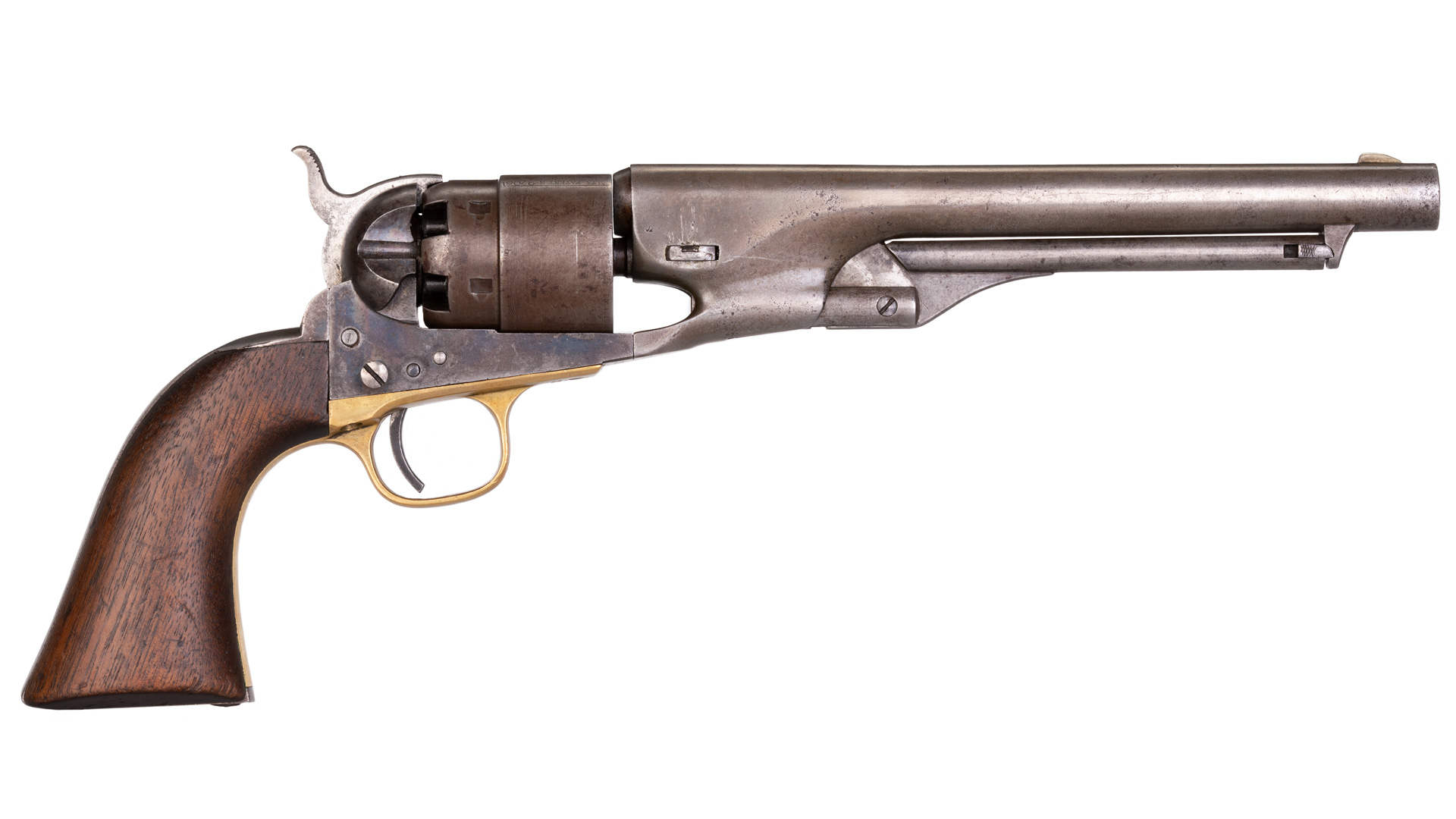


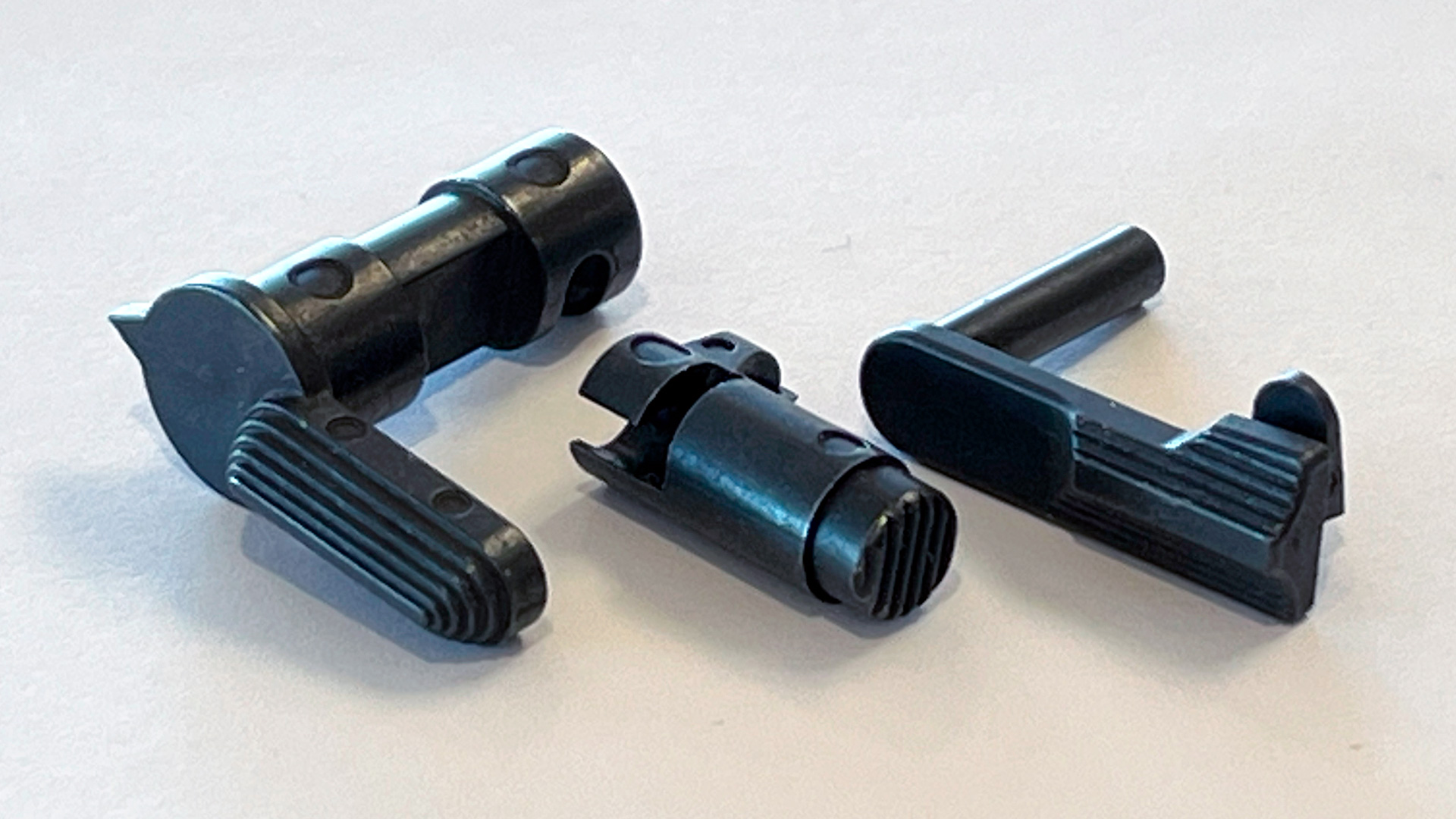

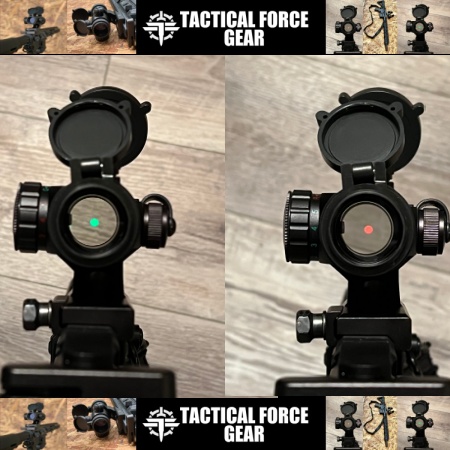



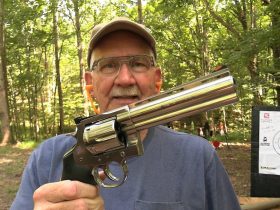


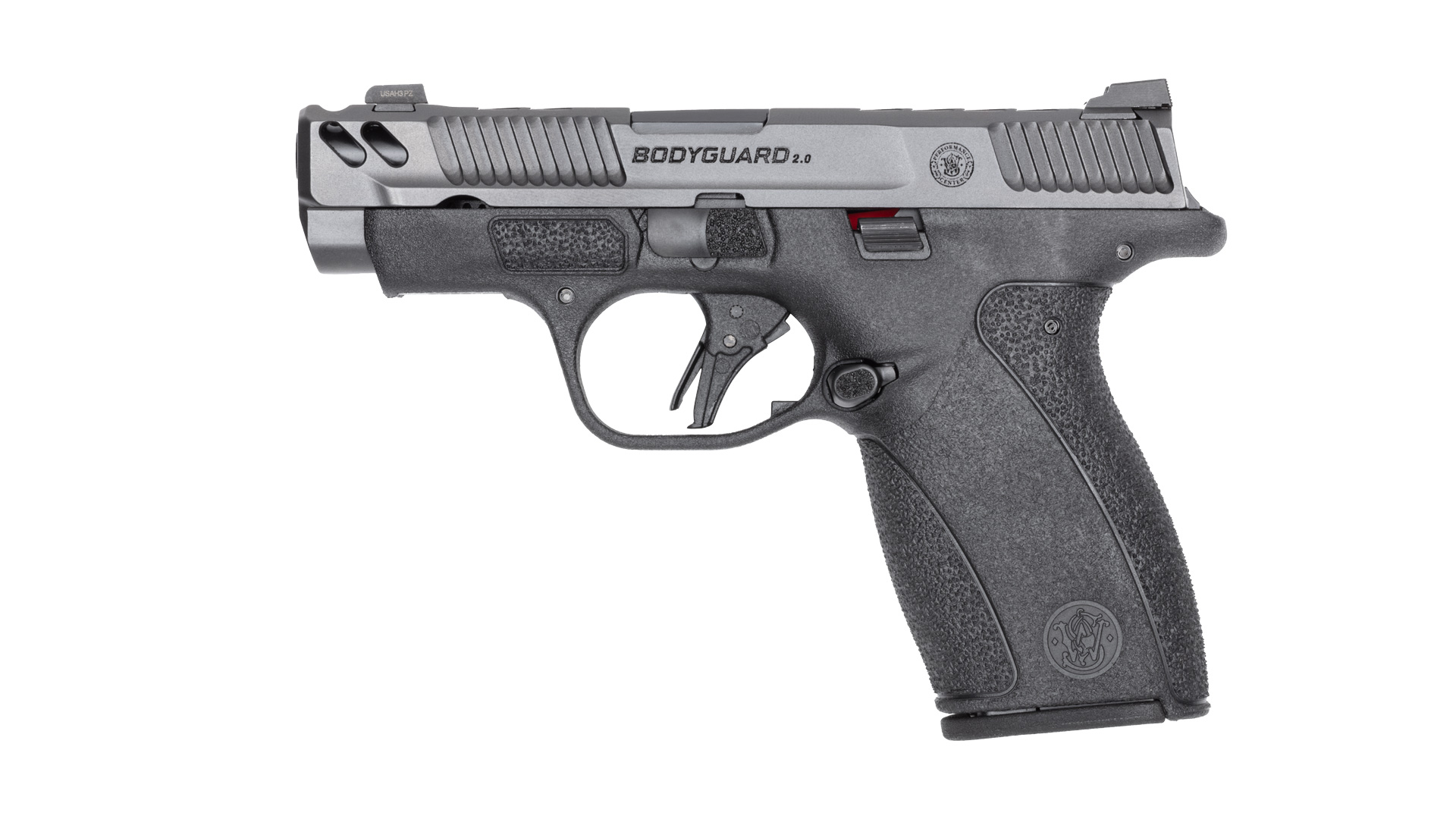


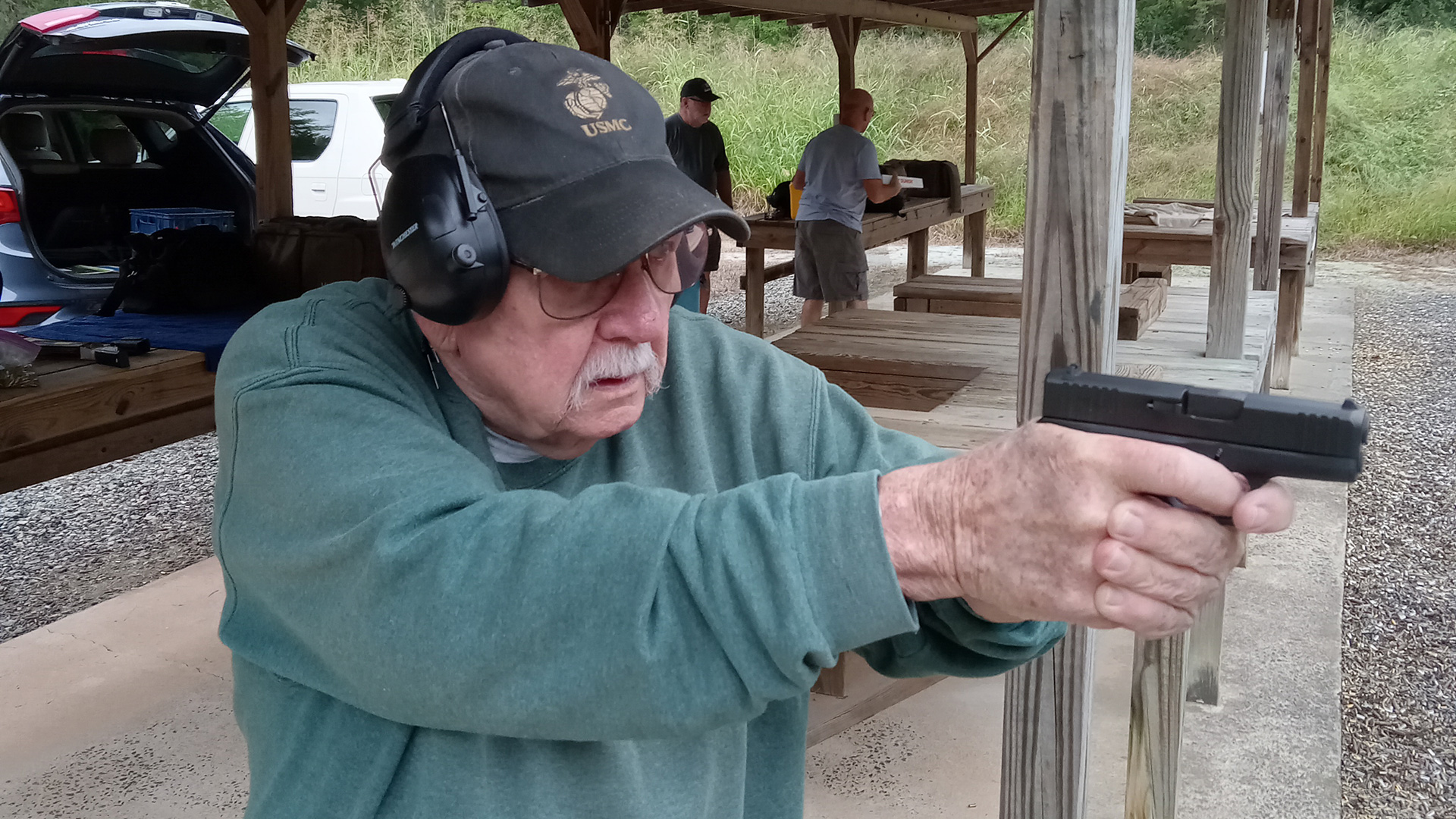
Leave a Reply